What’s the best way to keep yourself healthy for dancing? Is it a better diet? More dance classes? More stretching? Massage? For every dancer there is a different answer. However, after years of helping dancers get healthy and back to dancing after suffering with pain and injuries, there are a few key strategies that I feel are most important for dancers who are committed to getting healthy, staying healthy, and dancing well today and for many years to come.
As you review this short list, see what fits for you and please try it. Don’t forget to seek the help of your parents, dance instructors, or medical professionals if you need it. Wishing you a happy, healthy, and dancing 2017!
1. Look Back
New Years is a great time to sit back and reflect on what went well or didn’t go well in your dancing last year. How was 2016 for you? Was it a great year? What made it great? Was it a difficult year? Why? Taking a peek into your past can give you a great sense of where you’ve been and what you’ve accomplished- was it a lot? Was it less than you hoped? Why? Be honest with yourself about 2016 now so you can go ahead into 2017 with a clear mind. While you’re thinking about last year, also take some time to think about why you dance and what it means to you. Grab a piece of paper and write it down. Purposefully remembering why you love to dance gives you the perfect backdrop from which to make great future choices about your health and your dancing.
2. Look Ahead
Now, it’s time to decide what you’d like 2017 to look like. While no one can actually tell the future, picturing the changes or accomplishments you’d like to see in in the next year can help you make sure your everyday health choices are headed in the right direction. Goal setting is a powerful tool to help you focus your energy on the results you want- those that are most important to you. Clearly set goals also help you avoid the unhealthy behaviors (like ignoring pain) that might keep you from reaching your goal. Get specific, focus on the actions you need to take, and start small. What's one thing you'd like to do to make 2017 your best year yet? Ok. What is it going to take to achieve that one thing? Write down everything you need so you can start working on getting it.
3. Improve Your Nutrition
How has your nutrition been in 2016? Was it great? Could it use some improvement? The nutrition you give your body is fuel for your dancing- the better stuff you put in, the better stuff you're going to get out. Protein helps you build strong muscles, heal from injury, function normally, and have sustained energy. Active dancers need about 1.5 grams of protein per kilogram of body weight per day (Divide your weight in pounds by 2.2 to get kilograms, then multiply that number by 1.5 to estimate how much protein you need). Fruits and veggies contain vital nutrients, vitamins, and minerals that provide you with energy you need for your body to work well, especially under high demand situations, like long or difficult classes or rehearsals. If you feel your nutrition needs a boost, make a plan. What’s one change you can make to your nutrition soon... and stick with? What might have been keeping you from making that change already? What help do you need to make that change a little easier to fit in to your busy dancing life (could be something simple- like getting a small cooler so you can keep a yogurt snack cold while you dance or a water bottle that you can refill)? Reflect on these questions so you can make the best plan possible.
4. Fully Address Nagging Aches and Pains
While massage sticks, foam rolls, and the occasional ice pack can be great tools to manage the everyday stiffness or soreness you might feel after dancing, they are not made to address injuries or lingering pain. If you have been experiencing pain or haven't fully recovered from an injury, your 2017 health is already in jeopardy. Take the time and get the help you need to fully heal and get strong again. It’s one of the best decisions you can make for yourself and your dancing. Not sure where to start? Call or message me to schedule a free phone consultation or make an appointment with your primary care doctor today.
5. Get More Rest
Getting enough rest is a real challenge for dancers- especially those who are in school or working outside of dance. Sleep is an extremely important part of rest- without enough, your mental and physical function gets worse and you are more at risk for an injury. However, sleep isn't the only kind of rest dancers need. Taking a break from dancing when you need to, making time for other things that you love to do, and knowing when to back down from intense classes or schedules are also smart and effective ways to avoid burning out or getting seriously injured.
Feeling overwhelmed? Don’t worry. Great health is not about perfection. It’s about making small, but consistent, changes in the right direction. Take it one step at a time. Once you’ve mastered your first positive change, you can take on the next one. I sincerely hope that 2017 will be your best dancing year yet.
Additional Resources:
Nutrition: Alisa Levine Bloom, MPH, RD, LDN www.liveyourbest365.com
Dancer Health: How Do I Know How Much Is Too Much?
Dancer Health: 5 Ways To Keep Injury From Ruining Your Dance Career












